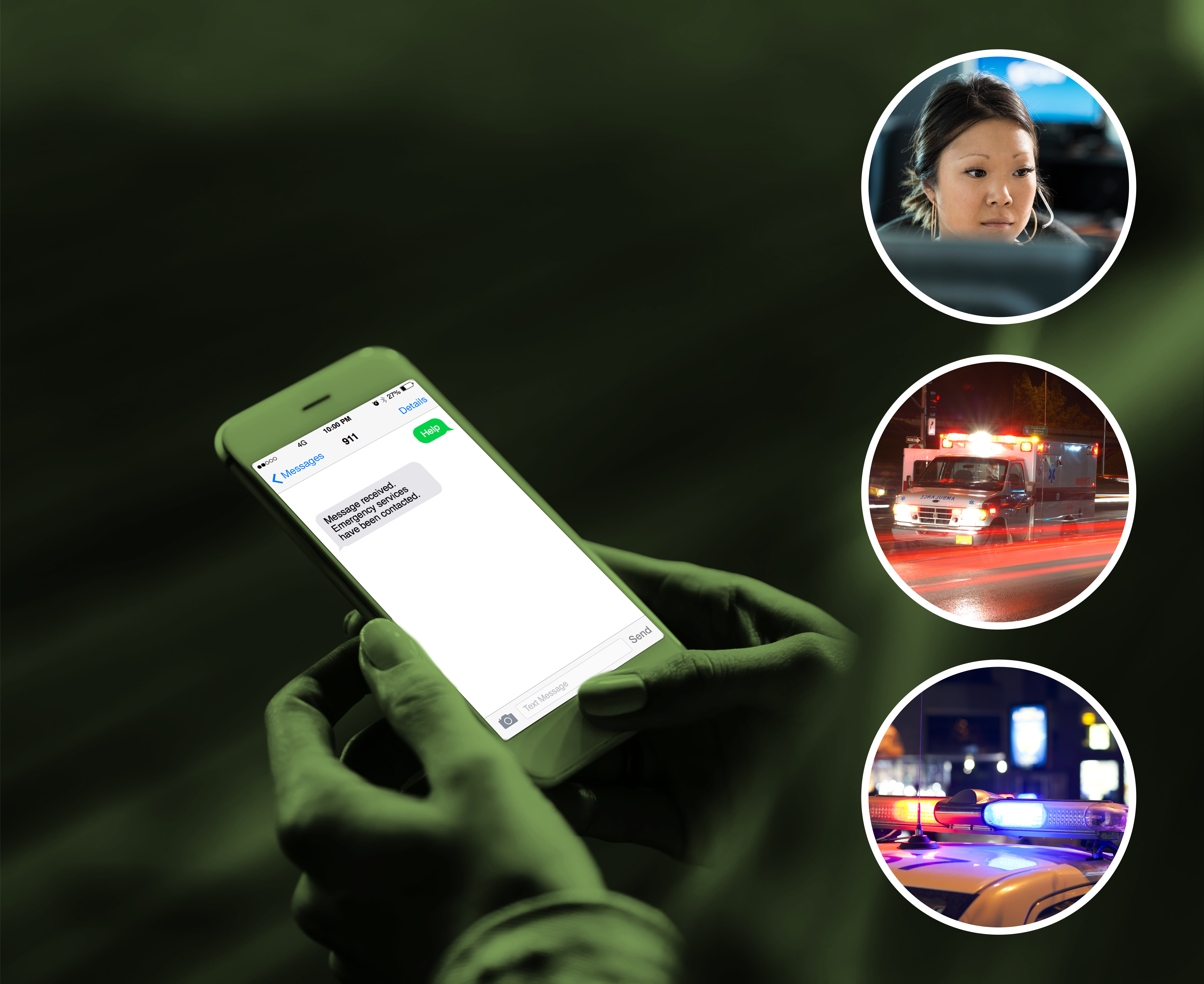Nancy MacDonald explains why it’s so important to get text-to-911 implementations right the first time.
Today, the decision for Public Safety Answering Points (PSAPs) is not whether they will implement text-to-911, but how they will implement it.
While the FCC rules allow PSAPs to choose from three implementation options, only a full-featured text-to-911 solution that integrates easily into a Next Generation 9-1-1 (NG9-1-1) call handling and management solution puts PSAPs in the best position for today and tomorrow.
With a complete solution, PSAPs have everything needed to support:
- The way people need and want to communicate — particularly the hearing and speech impaired and people who need to communicate silently for their own safety
- Advanced text-to-911 capabilities that allow call takers to manage text communications in the same way as voice communications and to incorporate all of the advanced features of the NG9-1-1 system into their text conversations
- New ways of communicating as technology continues its inevitable evolution
- Complete integration with their Management Information System (MIS) to allow advanced reporting and analysis of all types of 9-1-1 calls — including text-to-911
Choosing either of the other text-to-911 options — legacy TDD/TTY systems or web-based systems — might seem faster and easier in the short term, but these solutions are not designed to meet requirements over the long term.
Migrating to NG9-1-1 Is Inevitable
At some point in the not-too-distant future, your organization will have to support NG9-1-1 capabilities. Legacy Enhanced 9-1-1 (E9-1-1) systems simply don’t provide the flexibility or speed needed to effectively serve people and interoperate with other emergency response teams.
NENA considers the ability to support text-to-911 capabilities using the Session Initiation Protocol (SIP) and the Message Session Relay Protocol (MSRP) to communicate with the Text Control Center (TCC) to be a baseline NG9-1-1 requirement. Integrated text-to-911 solutions already meet this requirement.
With an integrated text-to-911 solution, you only need to implement text-to-911 capabilities once. There is no need to migrate again from an interim solution. If you are just starting on the path to NG9-1-1, you can incorporate text-to-911 capabilities from the beginning. If you’ve already begun migrating toward NG9-1-1, you can easily integrate text-to-911 capabilities into your call handling and management system.
Legacy Systems Are Slow, Error-Prone, and Unreliable
PSAPs that choose to support text-to-911 using extremely dated TDD/TTY systems will not be in a position to answer persons in distress when text messages are used to request assistance. With legacy TDD/TTY systems:
- Communication exchanges are transmitted one character at a time so lengthy messages can take several minutes to arrive.
- Static or noise on the line can cause enough character mistranslations that messages are unreadable or can be misinterpreted. And newer characters, such as emojis, are not supported, which can lead to additional translation inaccuracies.
- TDD/TTY machines provide no confirmation of successful communication. Transmissions can fail with no indication.
Web-Based Systems Won’t Scale Well as Text Calls Increase
While web-based systems can seem like a reasonable compromise, the inherent limitations in these systems will quickly become insurmountable as the number of text-to-911 calls increases. Web-based systems:
- Operate in isolation, which means that text-to-911 communications must be dealt with separately from voice calls. This isolation increases complexity and potential confusion for call takers who are trying to simultaneously use multiple disparate systems.
- Can require dedicated call taker resources if it is impractical or too difficult for call takers to juggle multiple systems. This quickly becomes inefficient and expensive. And it can lead to additional isolation between voice and text conversations.
- Do not offer key capabilities, such as simultaneous use of text and voice, and logging or tracking capabilities for text messages. These limitations mean PSAPs cannot provide full support to people in distress, have no proof of text exchanges, and have no record of the resulting actions.
To learn more, download our white paper:
Text-To-911: Getting It Right the First Time



